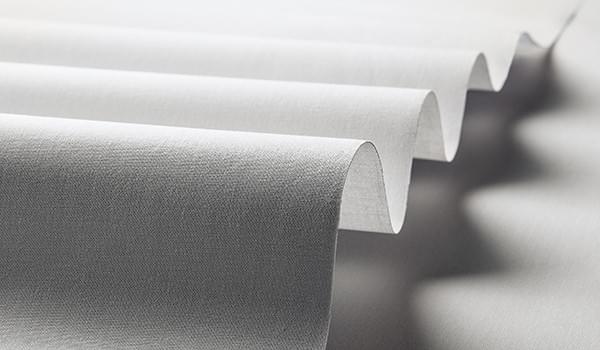Woven interlining plays a pivotal role in enhancing the quality, durability, and appearance of garments. As the textile industry evolves and consumer expectations rise, ensuring consistency and optimal performance in woven interlining becomes a critical focus for manufacturers. In this article, we delve into the strategies and techniques employed to maintain the highest levels of quality, consistency, and performance in woven interlining Manufacturer.
Raw Material Selection
The foundation of consistent and high-performance woven interlining lies in the careful selection of raw materials. Manufacturers choose fibers and materials based on their inherent characteristics, such as tensile strength, elasticity, and compatibility with different fabrics. Quality fibers result in interlinings that can withstand various stresses and provide long-lasting stability.

Stringent quality control measures are essential throughout the manufacturing process. Inspections at various stages, from yarn production to weaving to finishing, ensure that the interlinings meet predetermined specifications. Advanced quality control techniques, including digital imaging and automated testing, identify imperfections and deviations from standards, guaranteeing uniformity and performance.
Consistent Weaving Techniques
Precision in weaving techniques is paramount to achieving consistent interlining performance. Modern looms equipped with advanced technology enable manufacturers to control factors such as thread tension, density, and pattern accuracy. Consistency in weaving directly influences the interlining's weight, thickness, and overall stability.
Testing and Validation
Comprehensive testing and validation are integral to ensuring the performance of woven interlinings. These tests assess crucial factors such as tensile strength, shrinkage, colorfastness, and adhesion. By subjecting interlinings to simulated real-world conditions, manufacturers can verify their durability and suitability for different applications.
Customization for Specific Applications
Manufacturers increasingly offer tailored interlining solutions for specific garment types and styles. Customization allows interlinings to be optimized for stretch fabrics, heavy outer fabrics, formalwear, casual wear, and more. This approach ensures that the interlining seamlessly integrates with the garment's characteristics and requirements.
Adherence to Industry Standards
Adhering to established industry standards is a key pillar of maintaining consistency and performance. Standards set parameters for various aspects, including material composition, dimensional stability, and performance under stress. Compliance with these standards assures customers of the interlining's quality and reliability.
Investment in Technology
The integration of technology enhances precision and consistency in woven interlining Manufacturer. Computerized machinery, digital design tools, and automated quality control systems reduce human error and variability, resulting in interlinings that consistently meet desired specifications.
Supplier Collaboration
Collaboration with reliable suppliers of raw materials and machinery is fundamental. A strong partnership ensures a steady supply of quality materials and equipment, contributing to the consistency and performance of the final product.
The journey to ensuring consistency and optimal performance in woven interlining is an intricate blend of meticulous craftsmanship, cutting-edge technology, rigorous testing, and adherence to standards. By focusing on raw materials, quality control, and customization, manufacturers can deliver interlinings that enhance the stability, durability, and aesthetic appeal of garments. This commitment to excellence not only meets industry demands but also elevates the overall garment manufacturing process.
Our Woven Fusible Interlining Blog's

